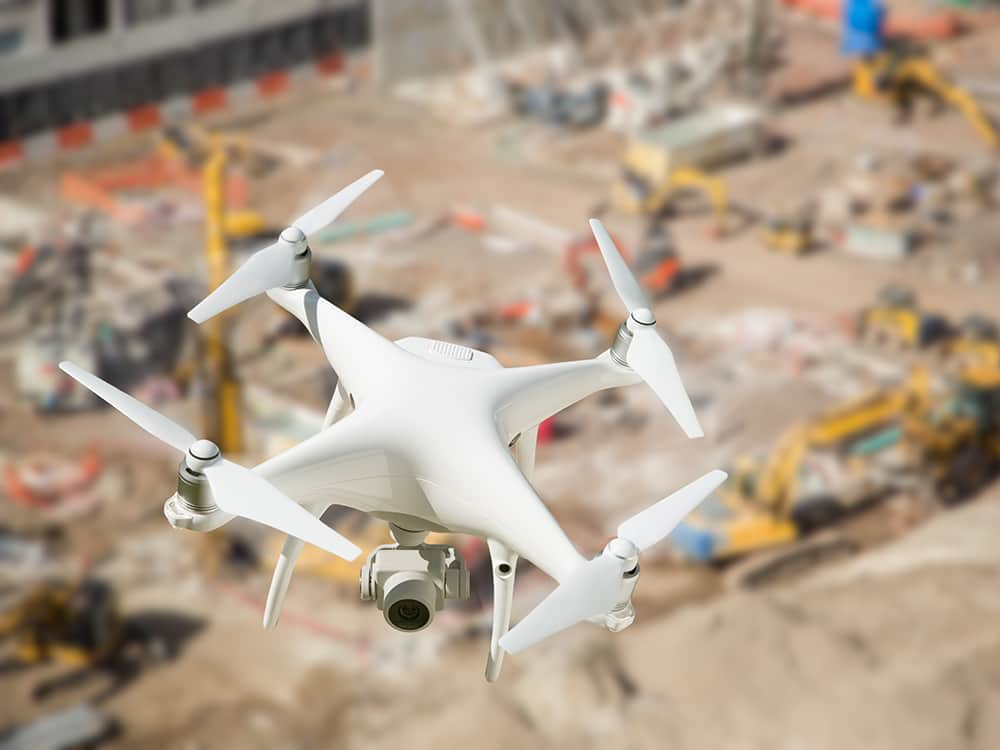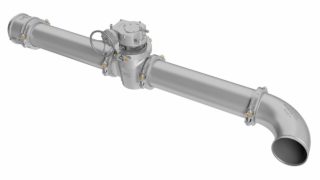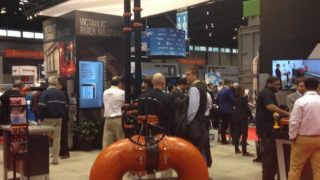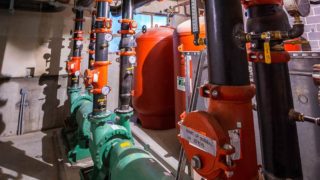Posted on August 1, 2017
Clayton M. Christensen, Harvard Business School professor, is credited with coining the term “disruptive technology” in his 1997 best-selling book “The Innovator’s Dilemma”. Now defined as “A technology that creates a new market and value network and eventually disrupts an existing market and value network, displacing established market leaders and alliances” it’s hard to imagine someone knew what disruptive technology was before UBER was invented right? Wrong.
Disruptive technology has been around since well before the steam engine took over for the covered wagon, and it’s continued through the dawn of e-mail almost shutting down postal service. And after listing steam engines and e-mail as examples, you may be thinking, how can we argue if disruptive technology is ultimately enhancing our lives? But the keyword here is “ultimately.” As Christensen explains in his book, disruptive technology may often have early performance problems or may not immediately have a proven practical application. It may take several iterations of this technology before it creates “a new market and value network.” Keeping this in mind, let’s dive into current Disruptive Technology we see in today’s construction market.
Virtual Reality
You’ve seen the funny YouTube videos of test users wearing goggles and awkwardly interacting with the air around them. Perhaps you’ve even had the opportunity to be one of those testers at a trade show, or maybe you’re lucky enough to be running your BIM meetings with those funky headsets. If that’s the case, then you know the benefits of bringing previously flat computer models to life. Contractors and engineers are now able to virtually walk through a 3D environment in the preconstruction phase and use that information to aid in the collaborative design of buildings. While some may argue virtual reality technology falls into the “no proven practical application” bucket, the recent drop in price for the hardware associated with virtual reality including the HTC Vive and Oculus Rift has made it more accessible to organizations of all sizes. One step further, the app vCAD allows individual users to upload their Revit models onto the app and then view them with cardboard VR glasses. By definition virtual reality creates a new value network, allowing pre-construction teams to visualize a model in new ways, locating issues, clashes and errors in preconstruction that would be costly fixes in the field.
3D Printing
When 3D printing is mentioned, most people envision a table top device, about the size of a home ink-jet printer that can bring creations the size of your hand to life with melted plastic. But the reality is, 3D printing technology has come much further than the sensationalized home-consumer 3D printing, such as MakerBot, that gained attention in the news. There are now robots printing complex concrete assemblies that are being used to create commercial buildings. Also known as, additive layer manufacturing (ALM), 3D parts are built up in successive layers of material under computer control, and the type of material used is becoming more diverse. While it’s hard to argue the ALM creation of larger 3D parts is not disruptive to the construction industry, it overlooks the impact of smaller scale 3D printing as well. Manufacturers now utilize 3D printing to speed the prototype process and vet constructability and safety in design.
Drones
Much like virtual reality and 3D printing there are preconceived notions when it comes to drones. Known for serving up the beautiful aerial footage of the ocean meeting the sand, and the fiery tops of volcanos that now serve as the backdrop of every social media video, drones have made it possible for the common person to capture previously unattainable content. And it’s that ability to capture data in a unique way that is currently disrupting the construction industry. Remote workers such as inspectors or construction managers no longer have to rely on another person to capture visual feedback or relay verbal feedback; that information can be consumed first hand. By revolutionizing real time data consumption drones have inadvertently changed the way the construction industry operates. But as Christensen noted, although a technology is disruptive, it doesn’t mean it is free of early performance problems. As the “Internet of Things” expands further and connectivity to drones enhances, the adoption of drone usage will increase, and as will it’s ripple of disruption.
Summary
Looking at both the history and the current landscape of disruptive technology, it speaks for itself – new technology ultimately does enhance our lives. But remember that keyword, “ultimately.” There’s a reason why Microsoft currently sells Windows 10 instead of the first generation it released in 1985. Much like Microsoft Windows, as the use of virtual reality, 3D printing and drones is adopted and refined by the construction industry, there will come a time when its users won’t be able to remember when they didn’t use these once-disruptive technologies.



